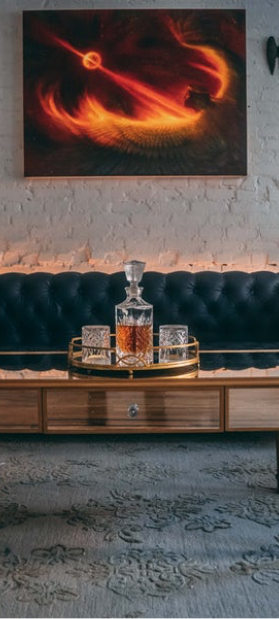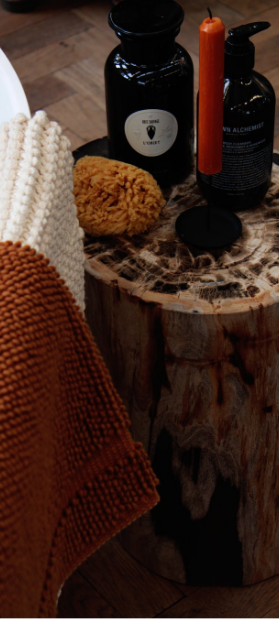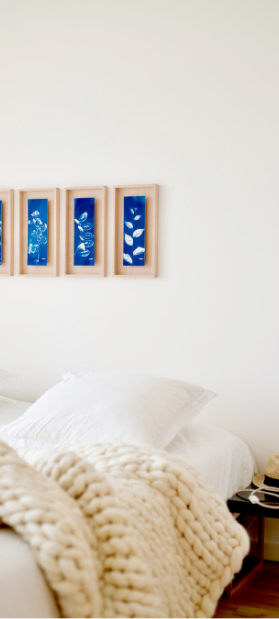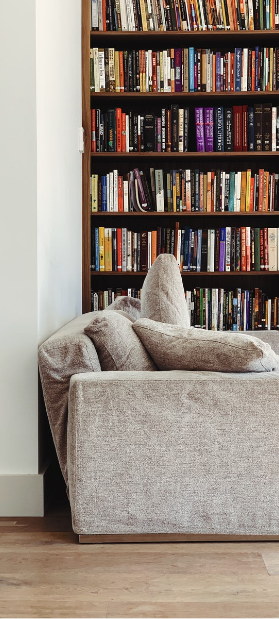3. FIXTURES AND FURNISHINGS

Lighting is also a crucial aspect when designing a children’s room, as it can enhance concentration and foster creativity. The Philips Hue lighting system allows you to adjust between warm and cool tones and even choose different colours, creating a unique atmosphere for the room. This can enhance children’s learning interest, boost development, and gradually promote independence.
Smart lighting systems such as Schneider Wiser, which has gained popularity in recent years, are also great for children’s rooms. Its affordable price and easy connectivity with lighting systems, air conditioners and curtains makes it a great choice for parents to easily create the best environment for their children.
When choosing furniture for a children’s room, you should also consider whether the materials are easy to clean and care for. “Since children tend to crawl and play on the floor, the flooring material should not be overlooked,” Wong says.
“Seamless flooring is a better option than traditional wooden floors due to its wear and scratch resistance, as well as its enhanced anti-slip feature that ensures the safety of children. Bolon’s flooring, for instance, is an excellent substitute for wooden floors and carpets. It comes in a variety of colours, making it ideal for creating colourful spaces for children.”
Recently, there’s been a growing emphasis on ensuring the safety of furniture materials used in children’s rooms, and Wallpaper Plus’ Villa Nova EasyClean series has become a hot material in recent years. The series offers a wide range of colours that can be incorporated as headboard designs or even sewn into big cushions, etc, creating an eye-catching focal point in the room.













